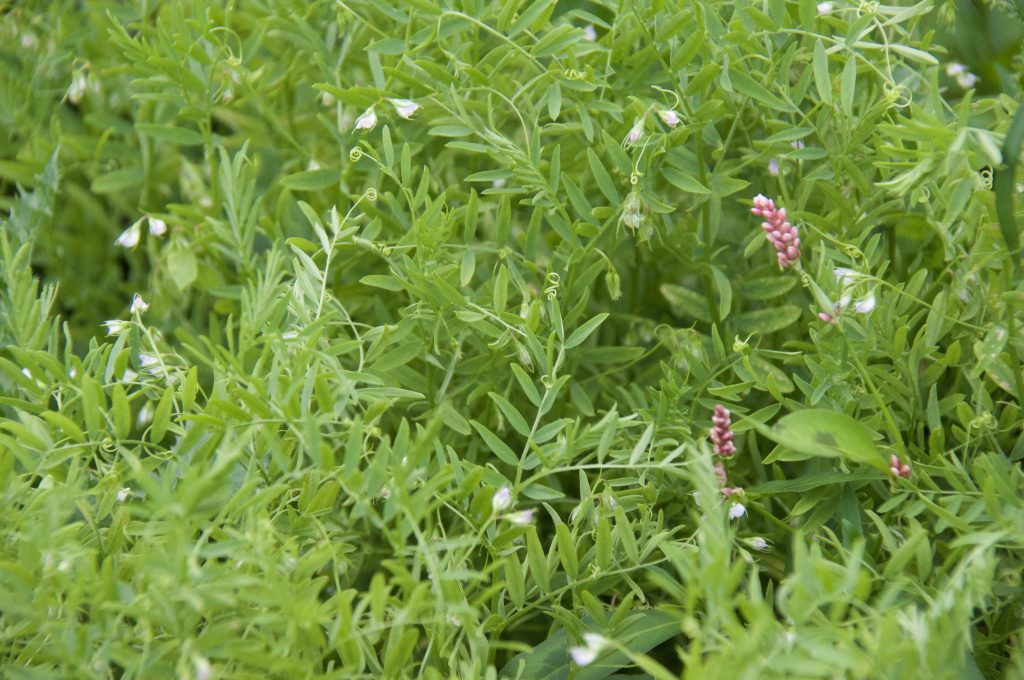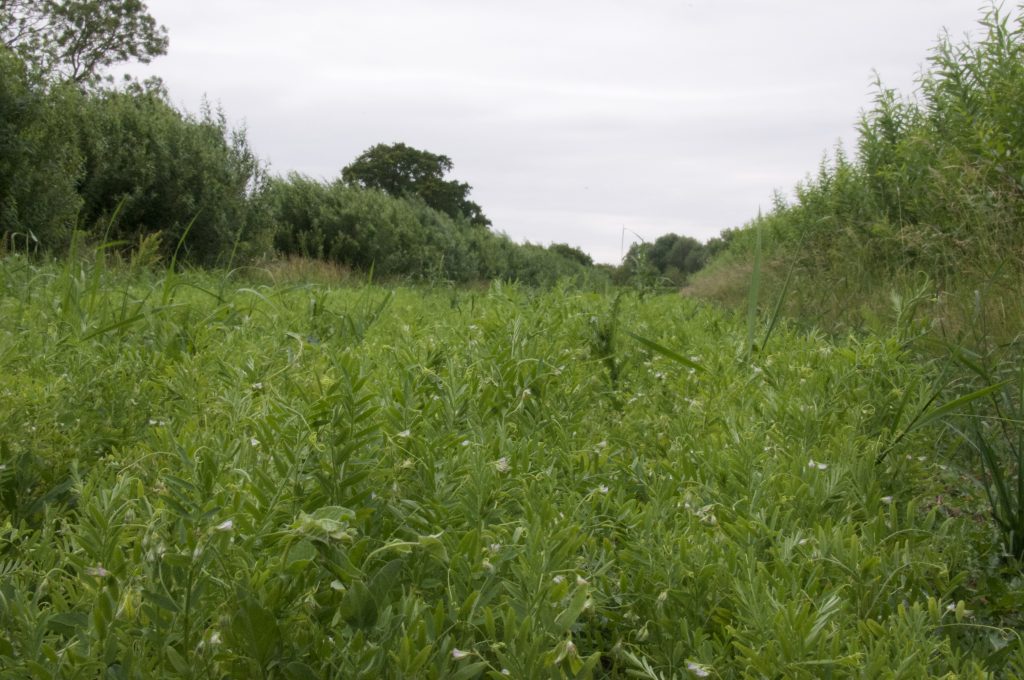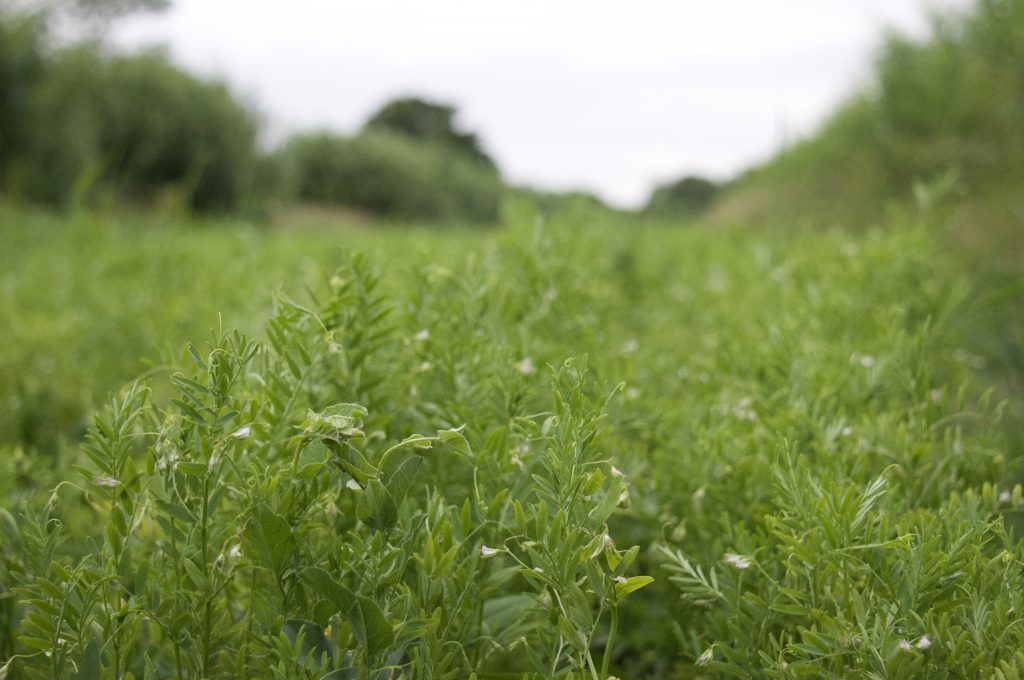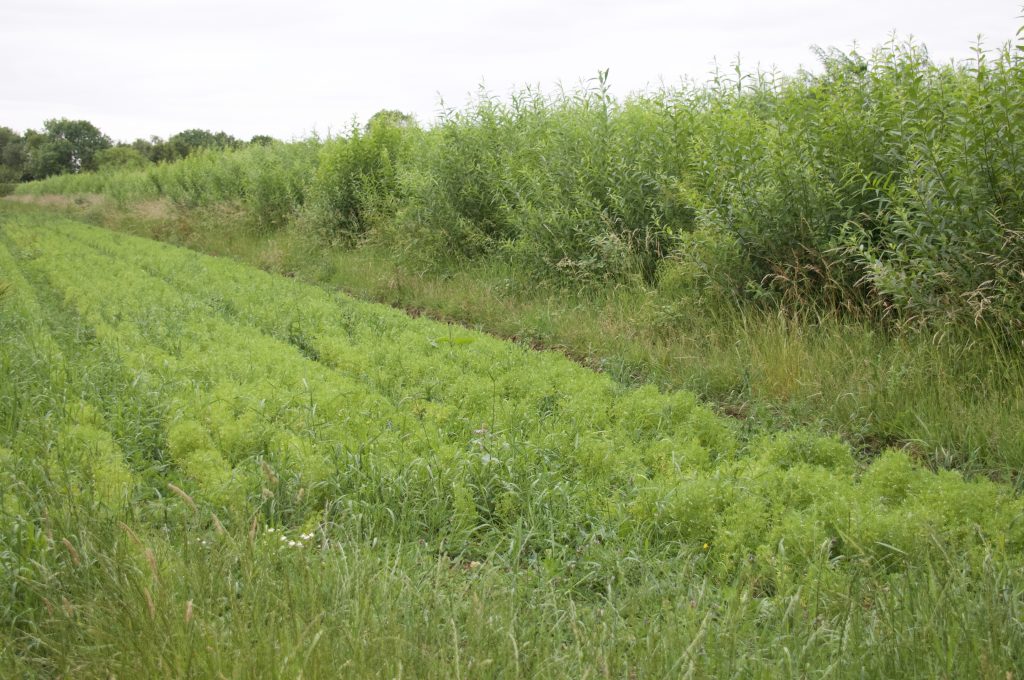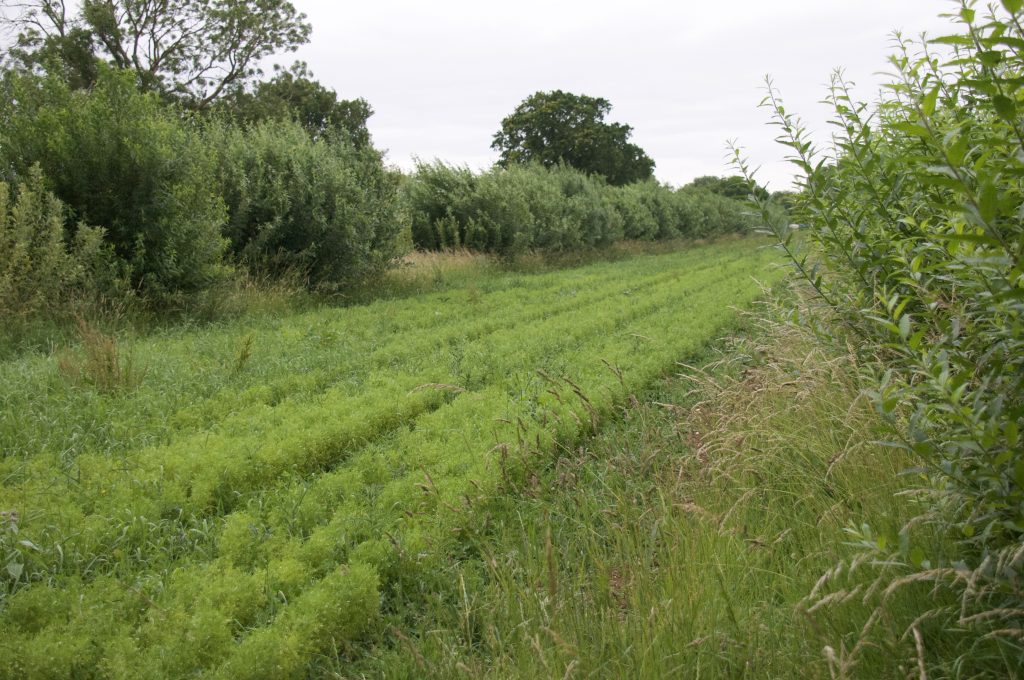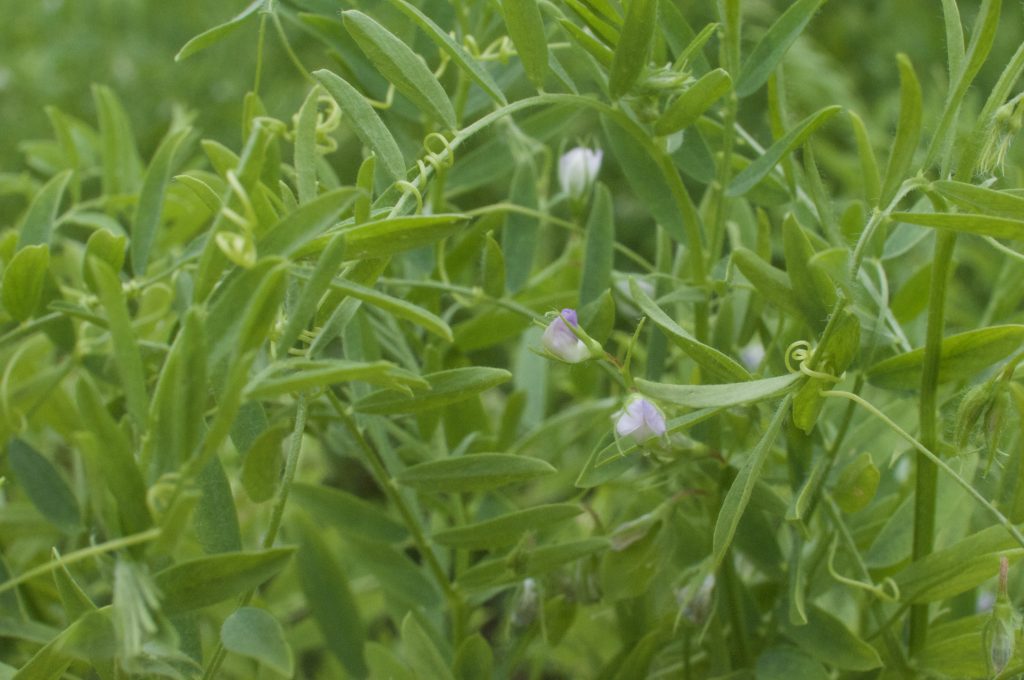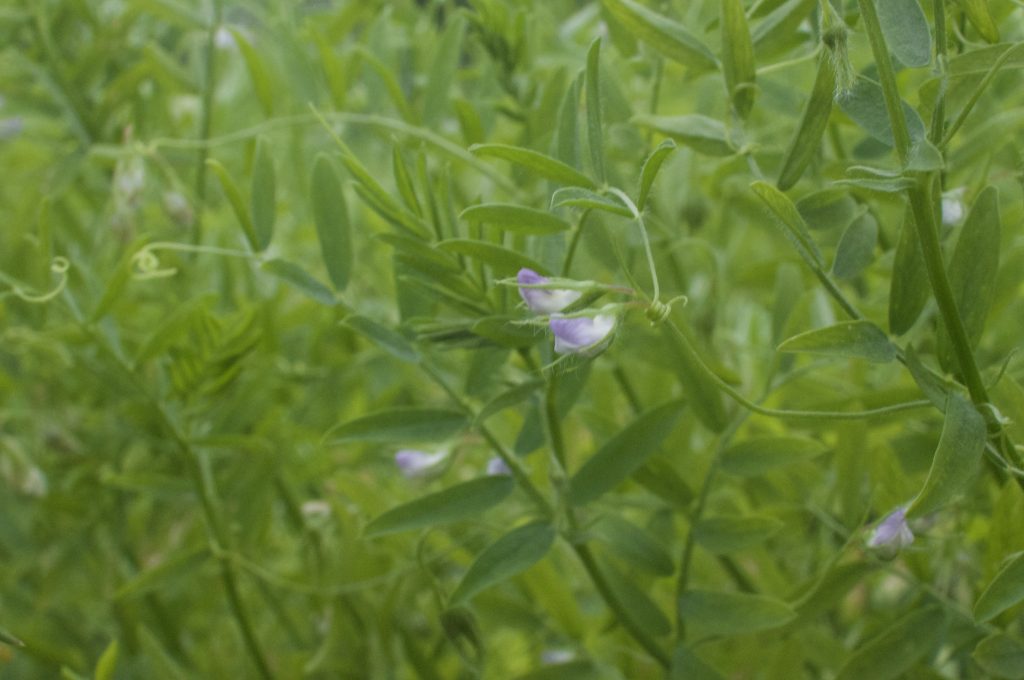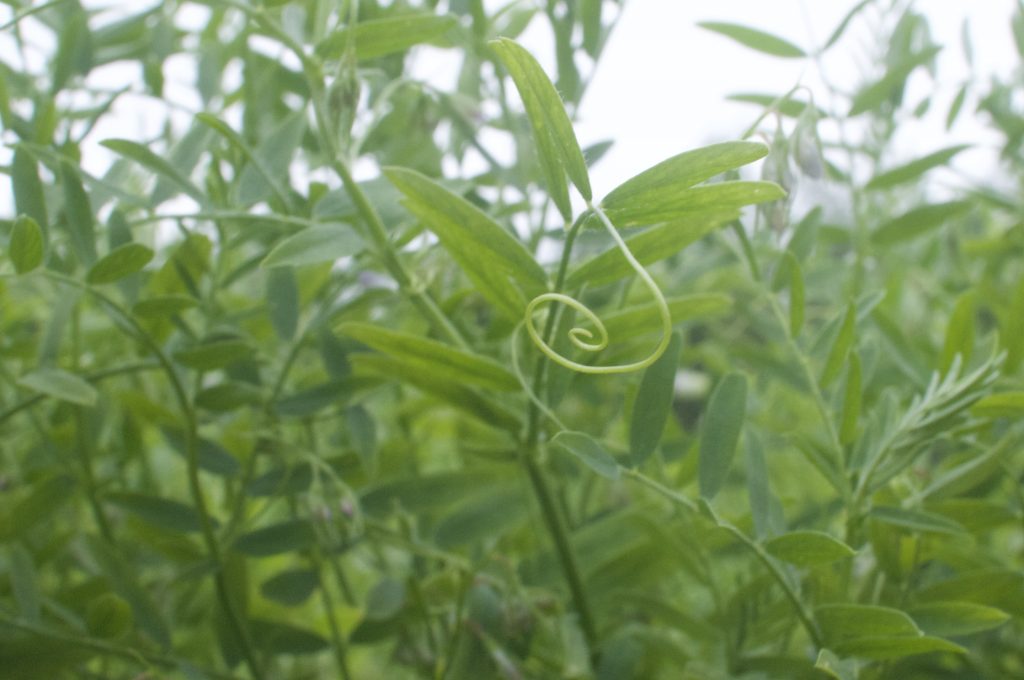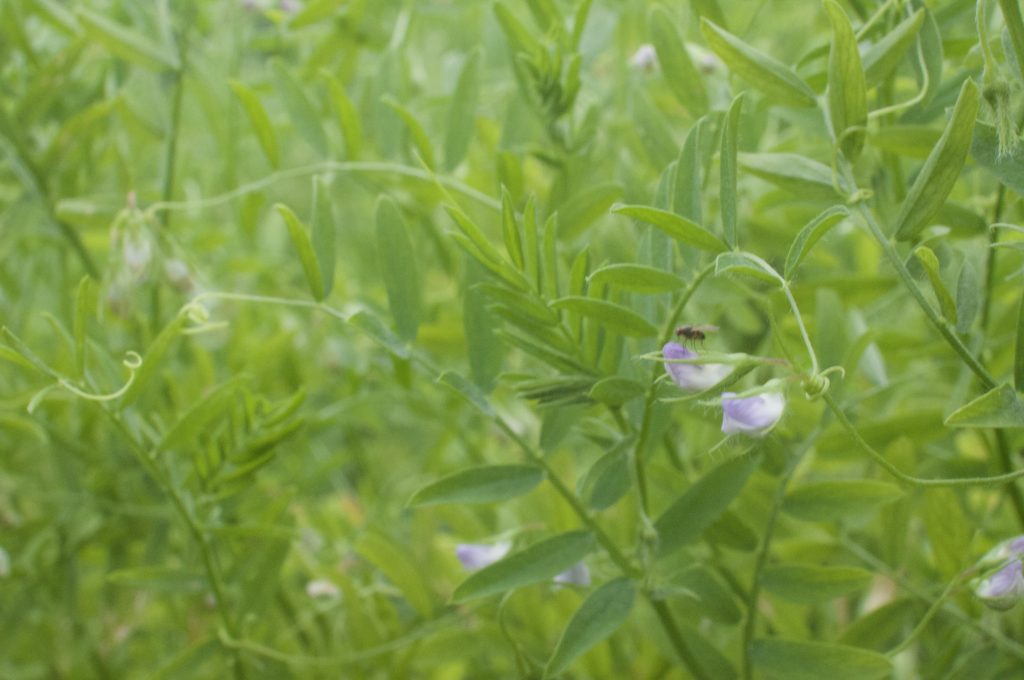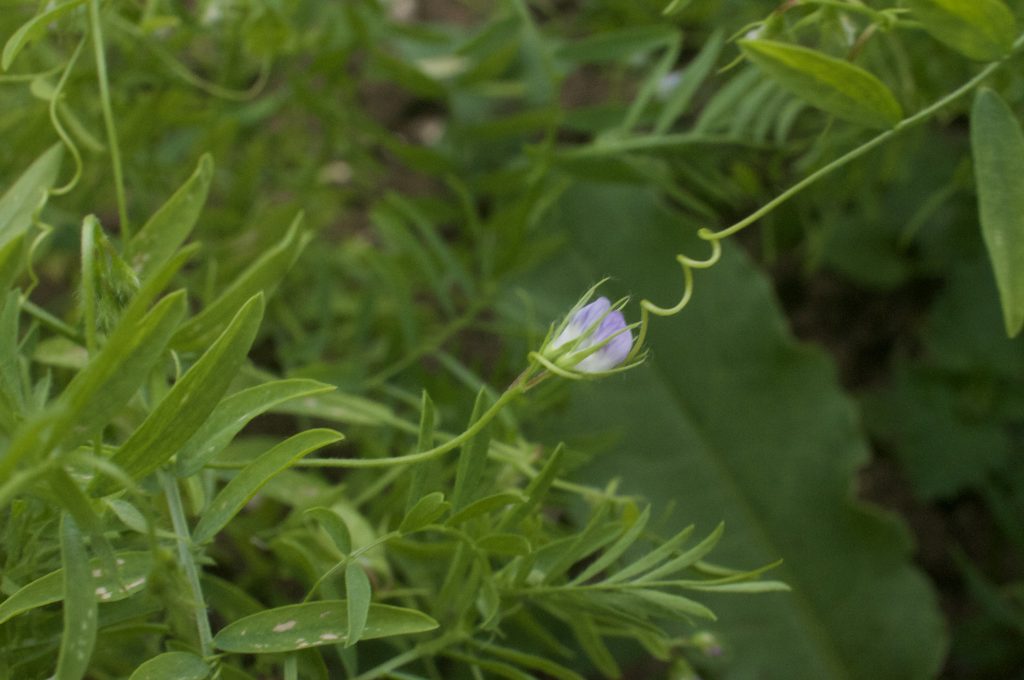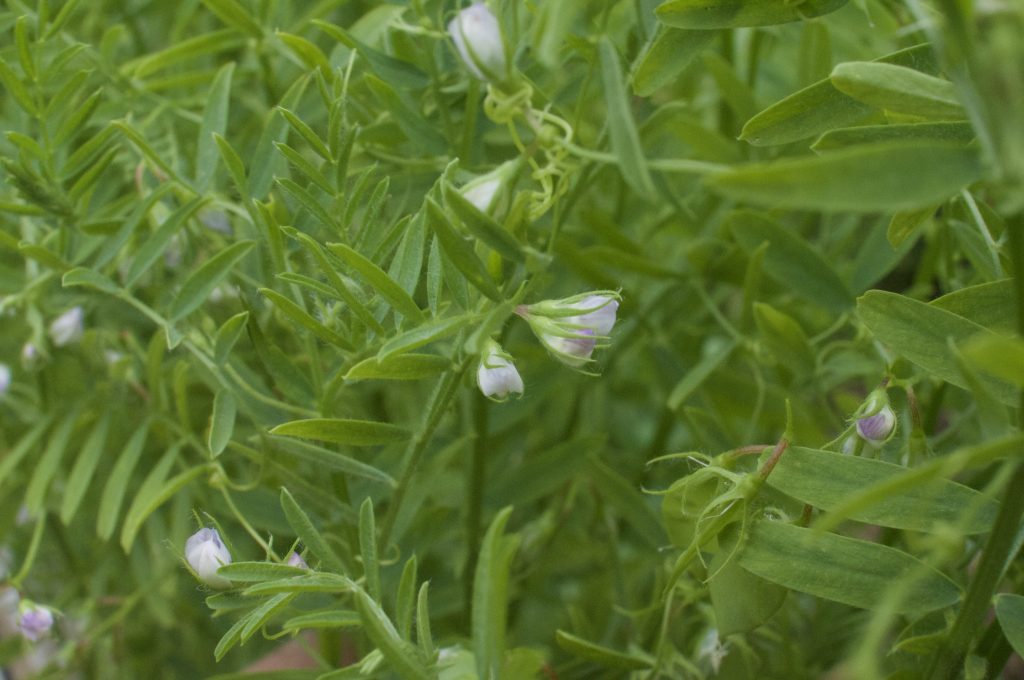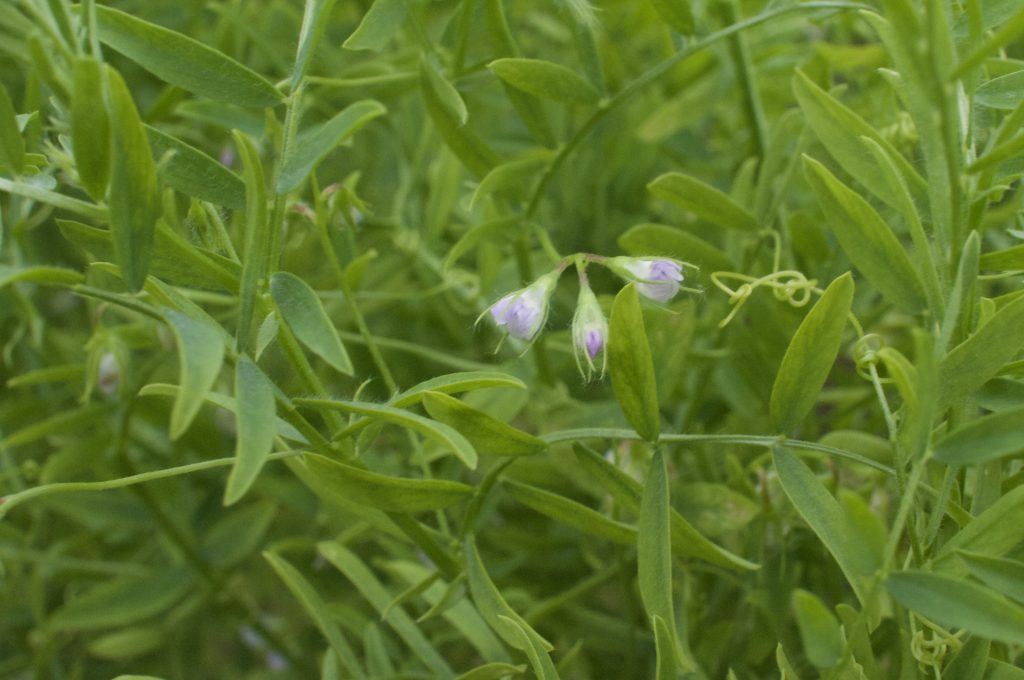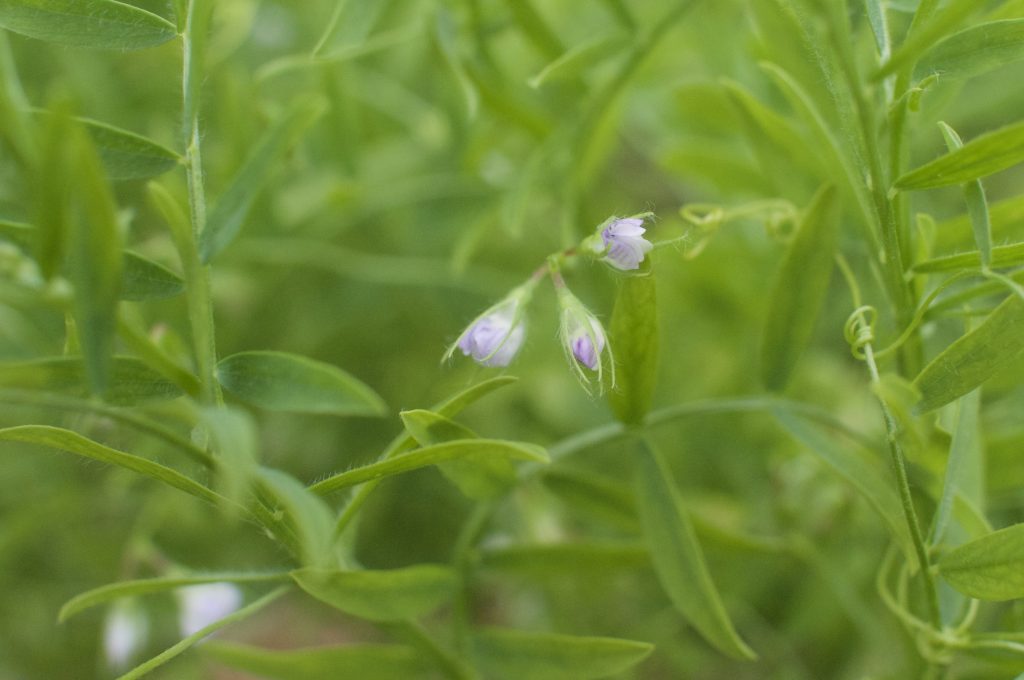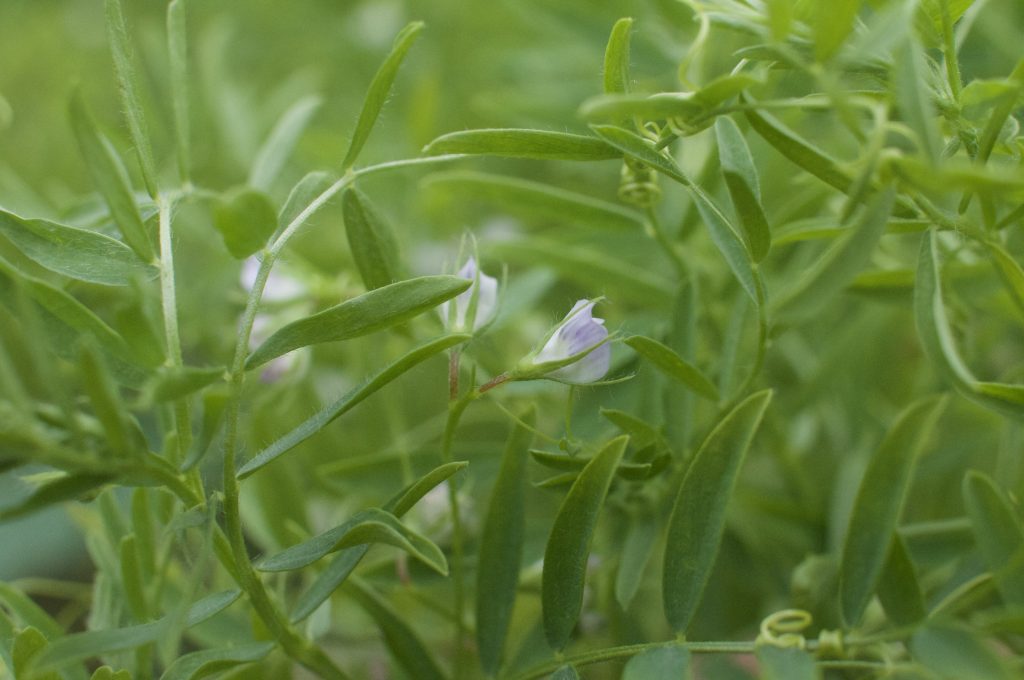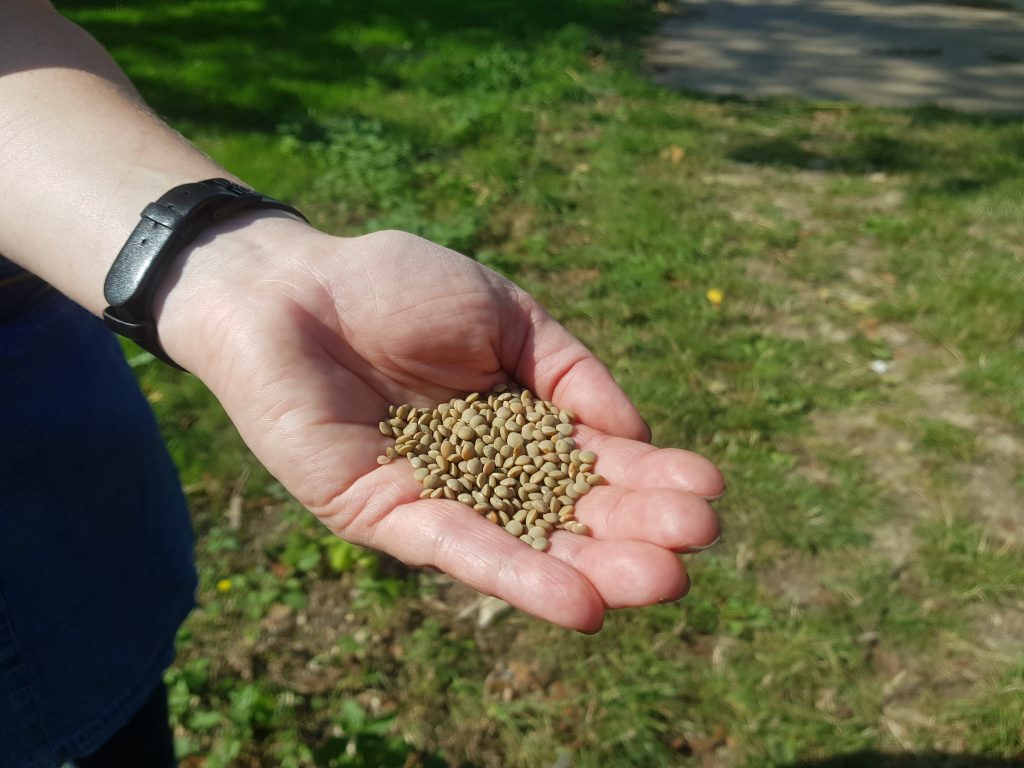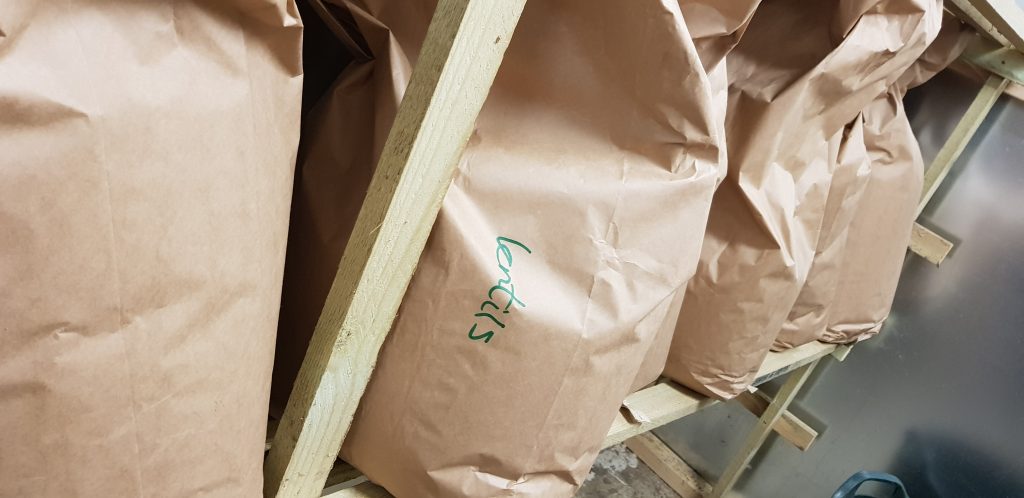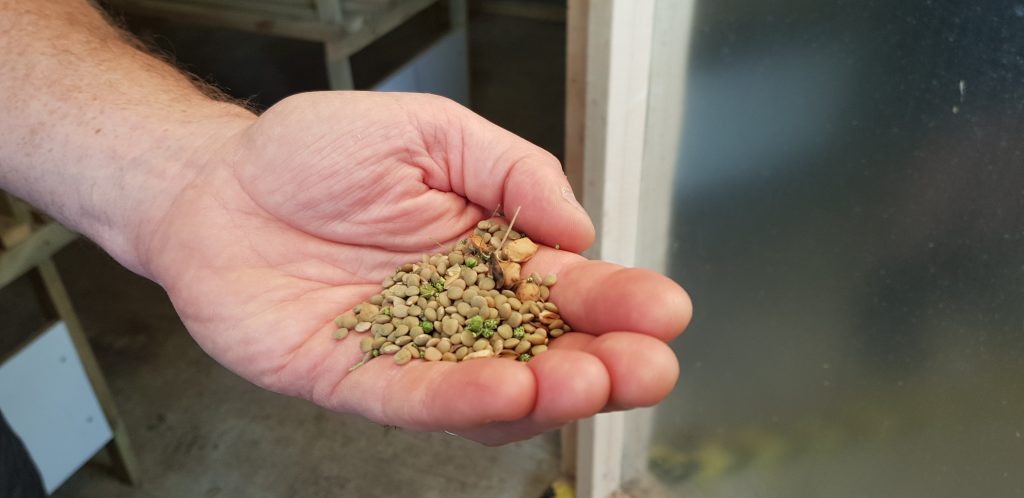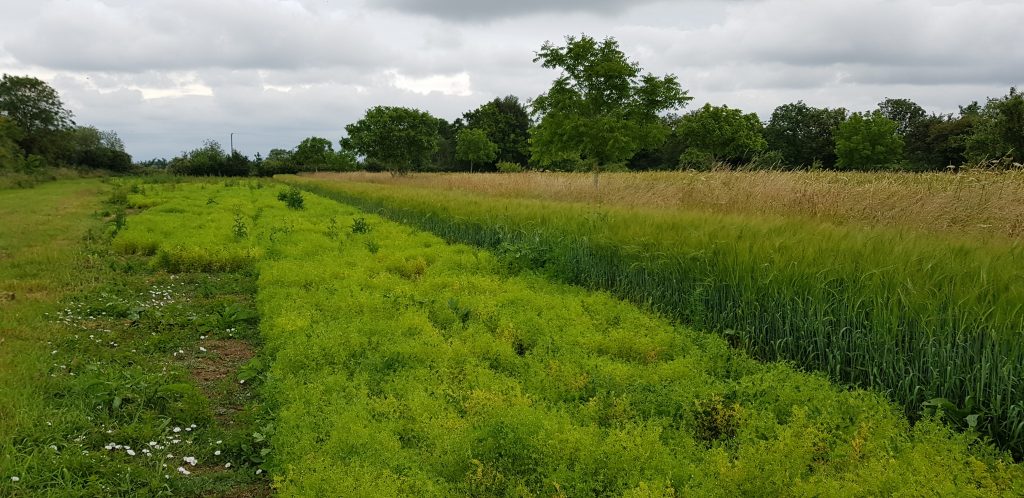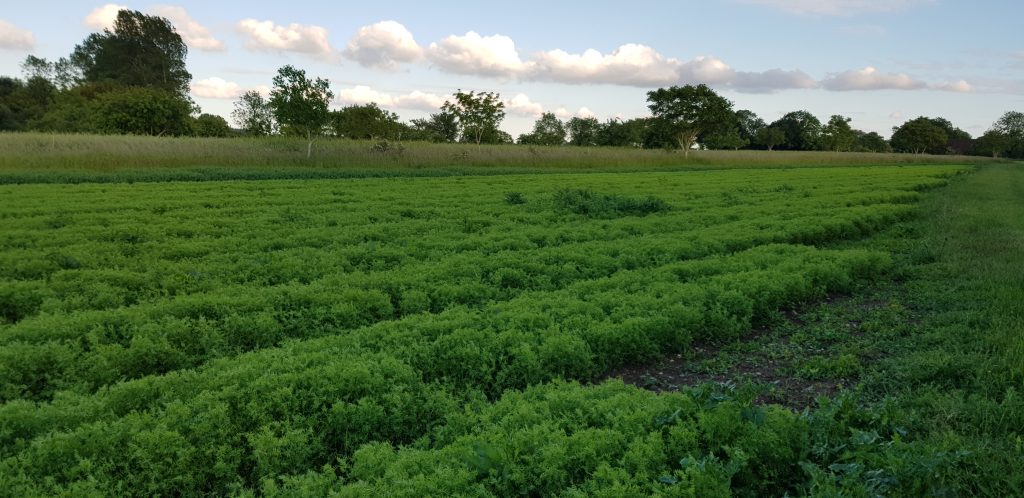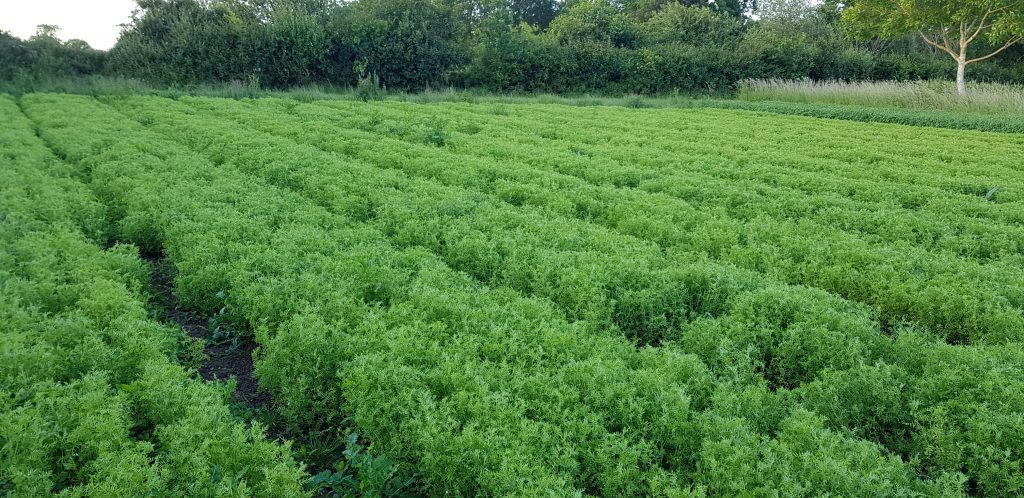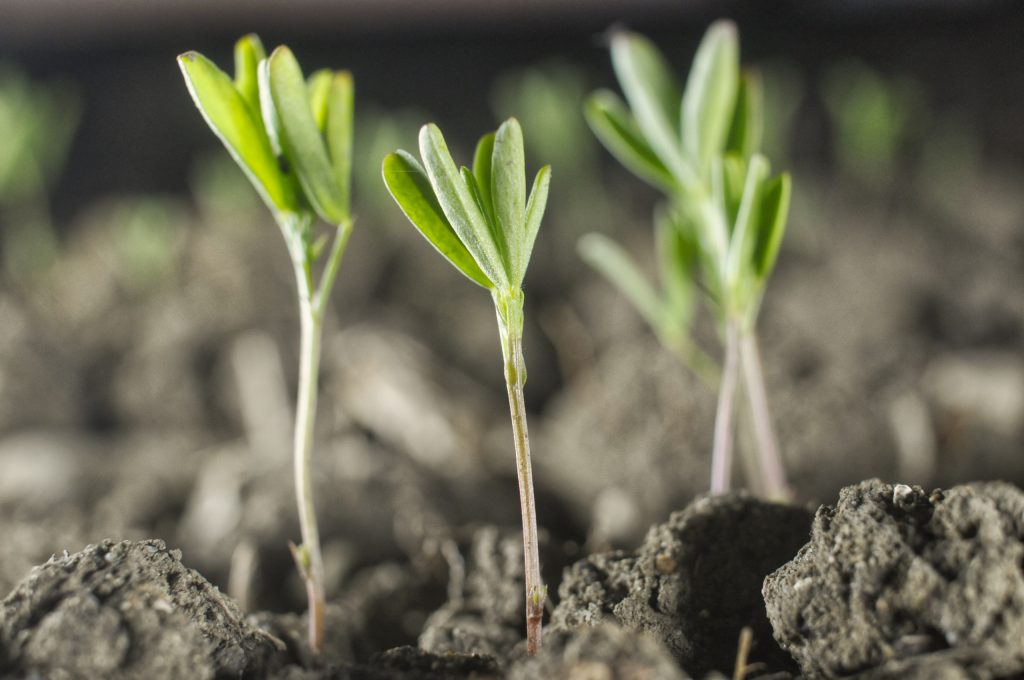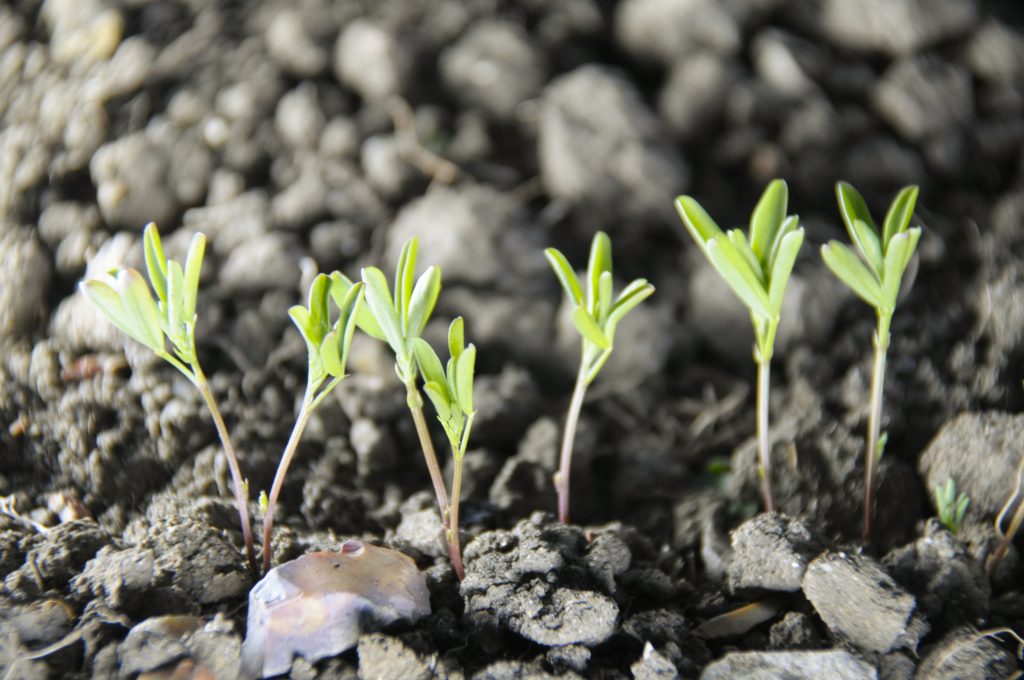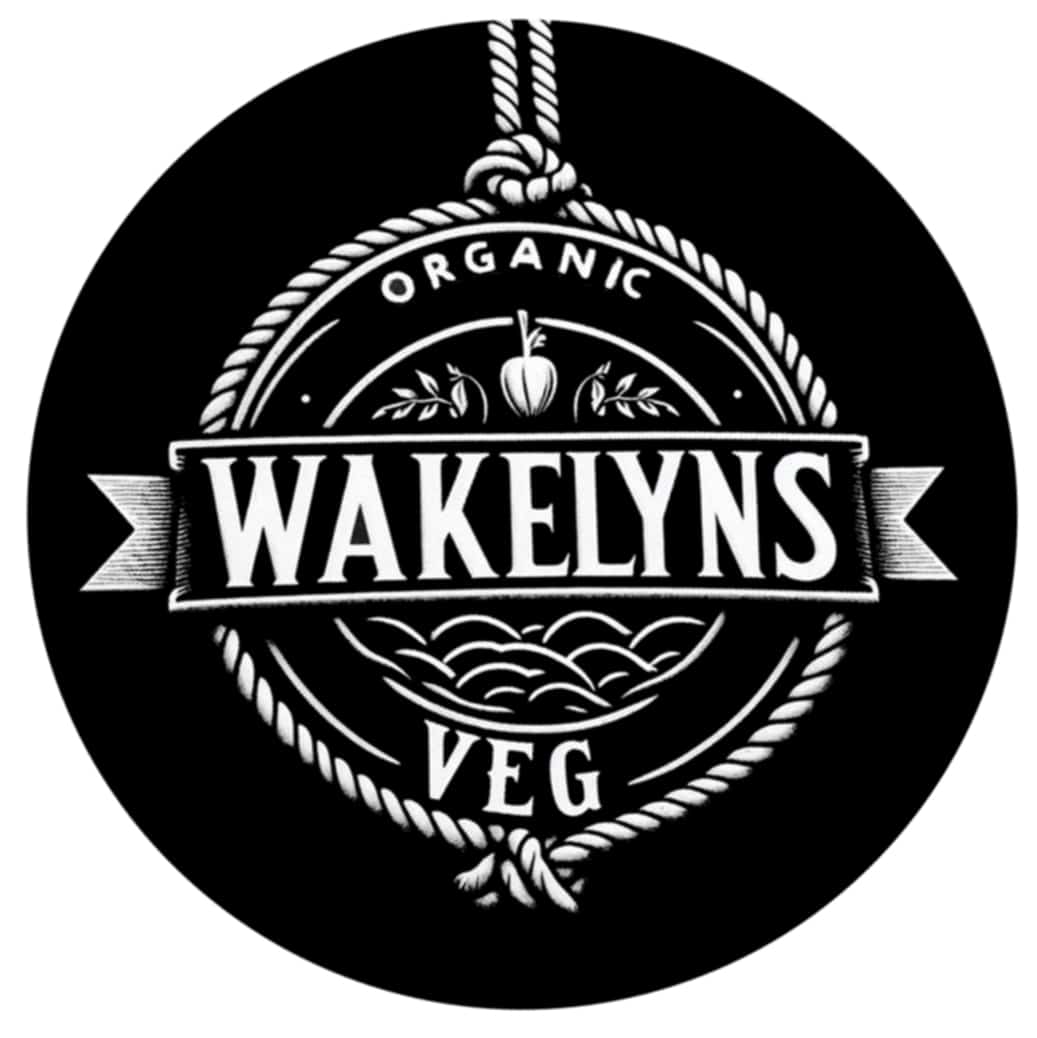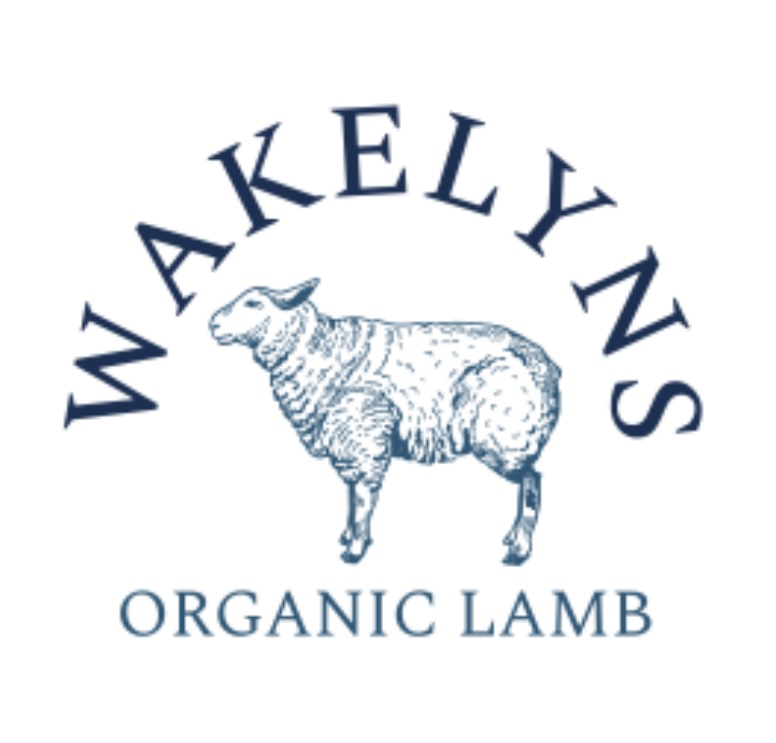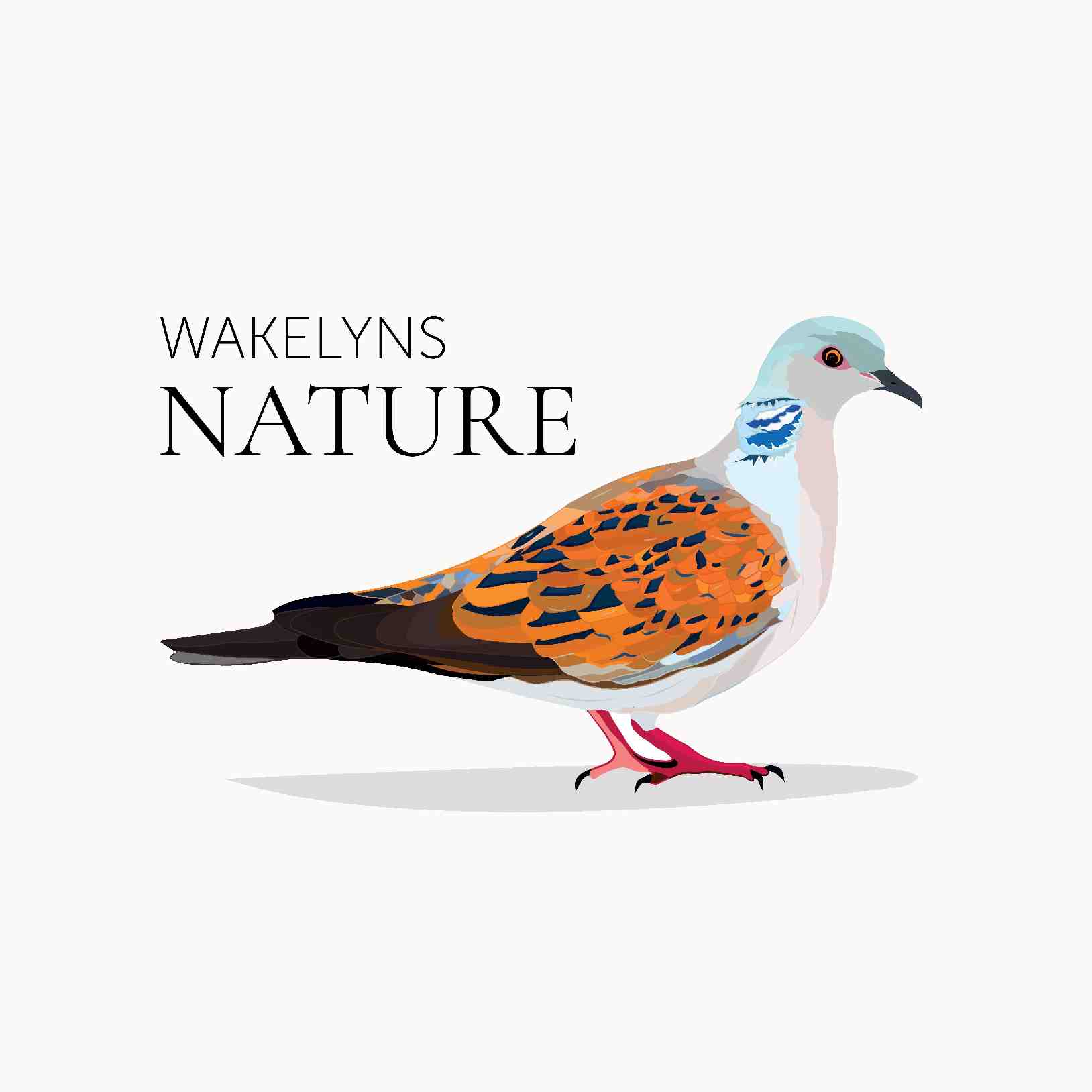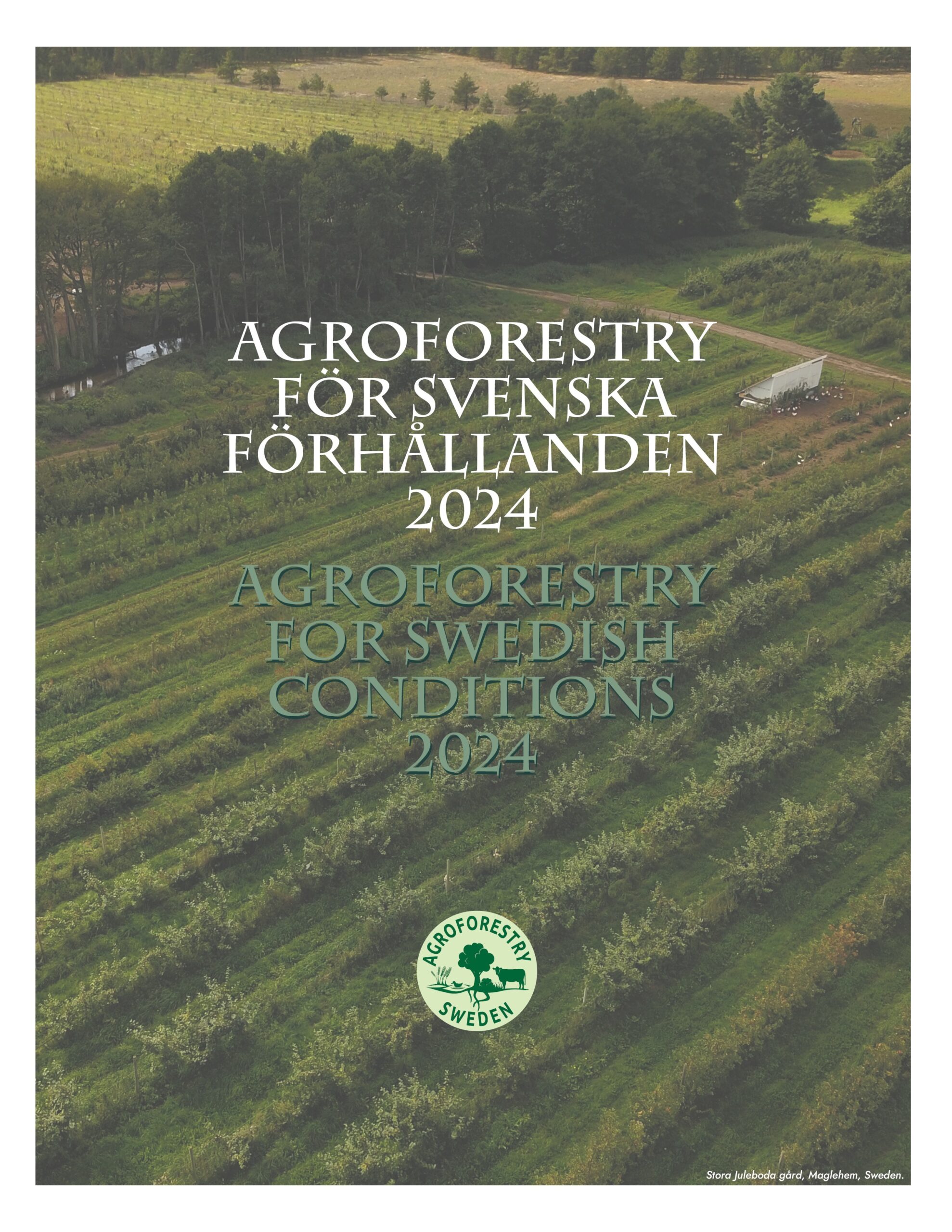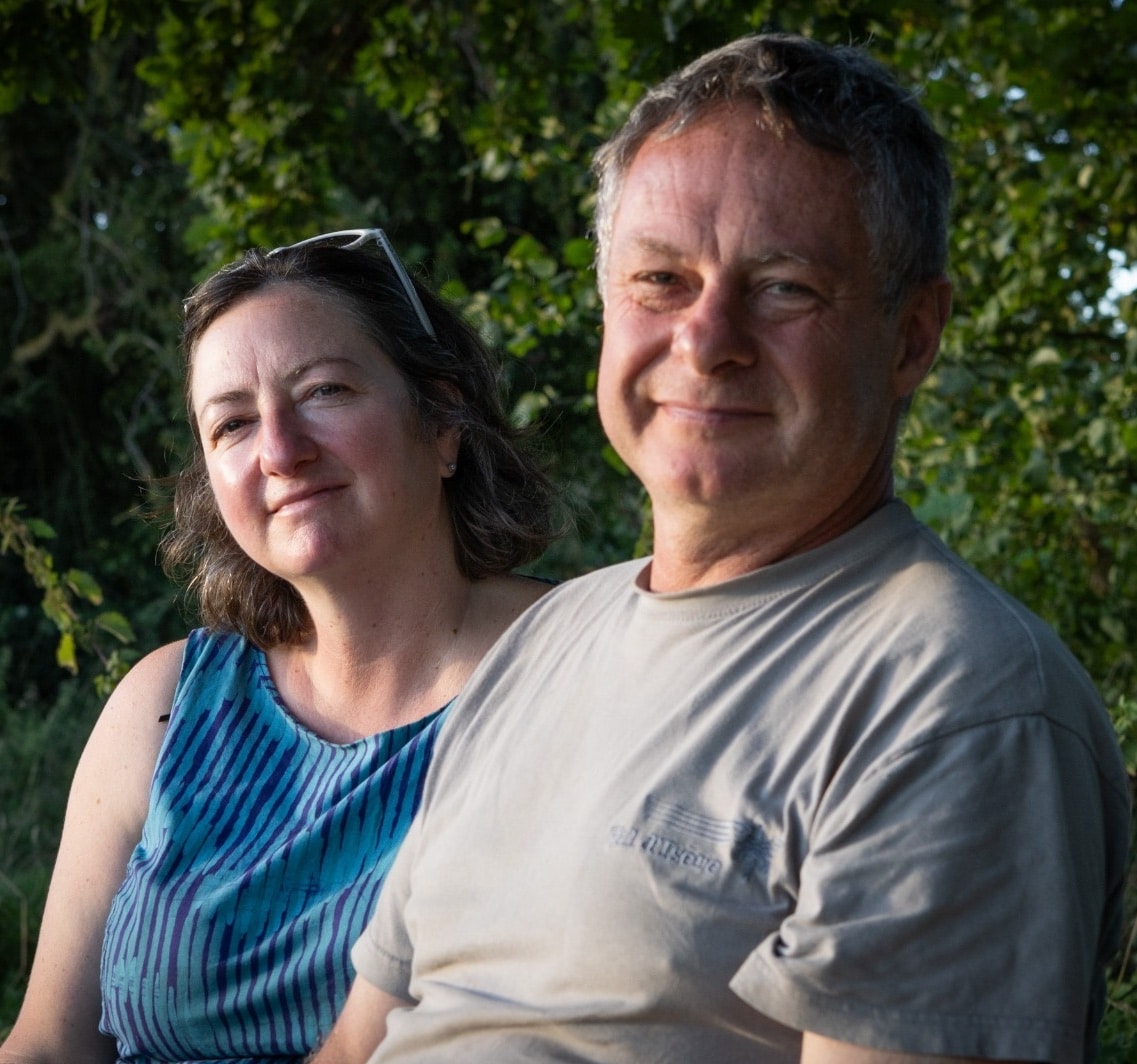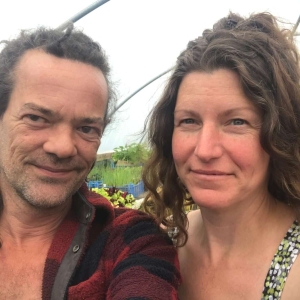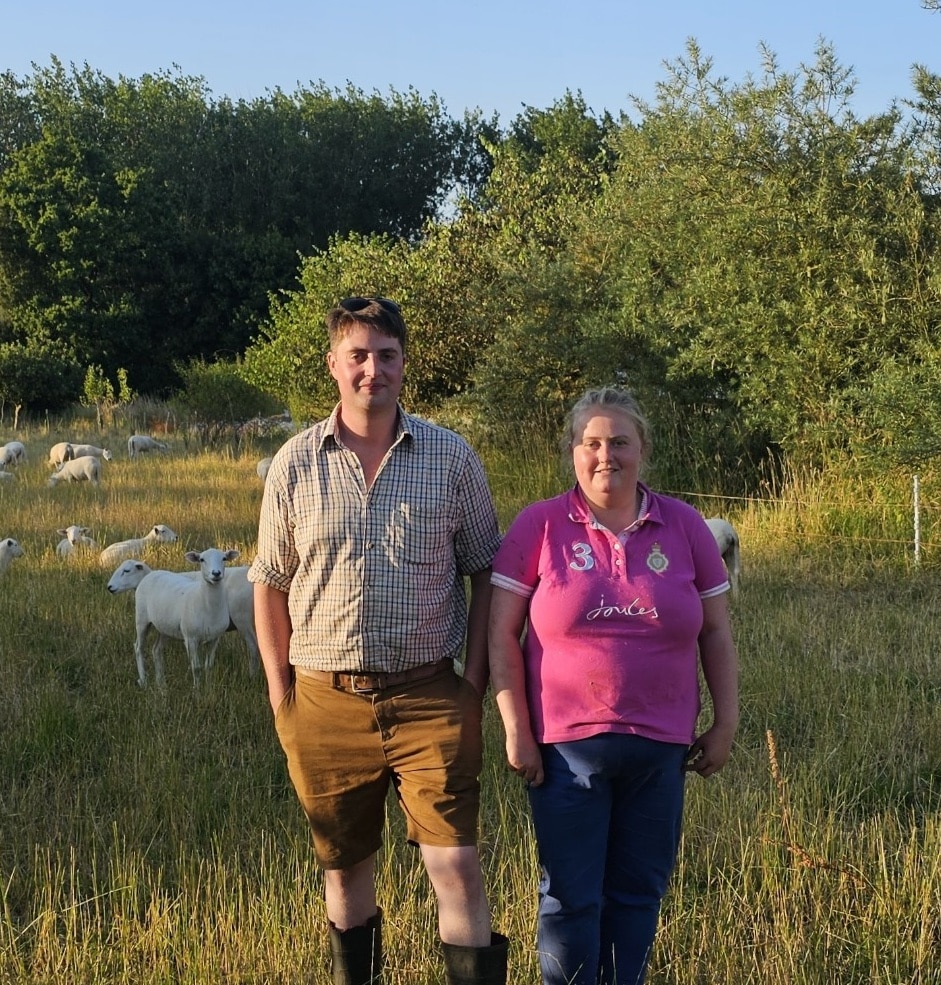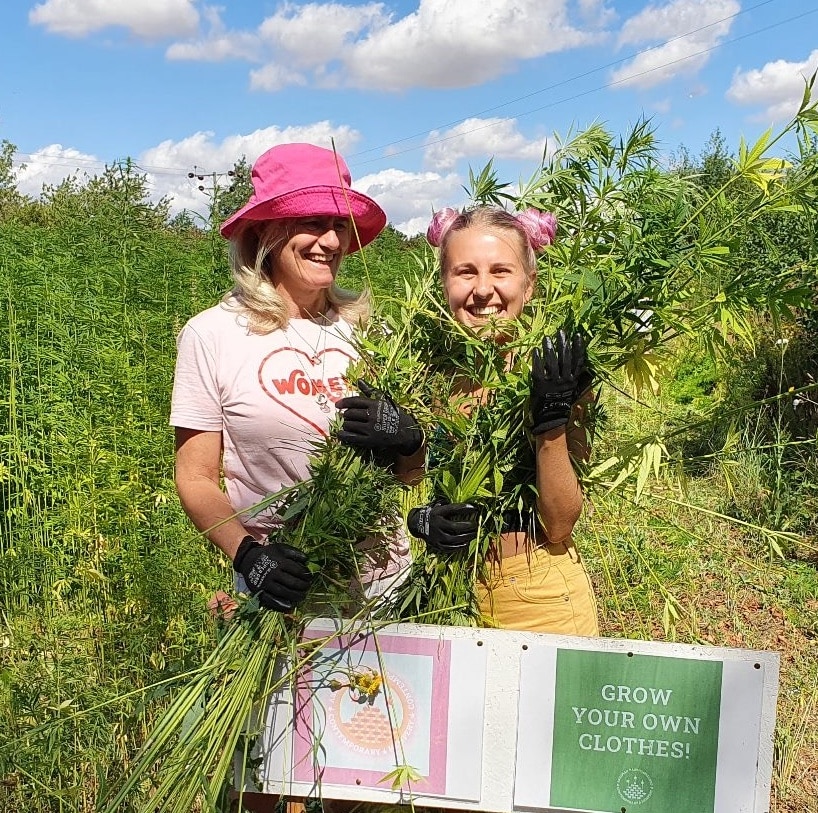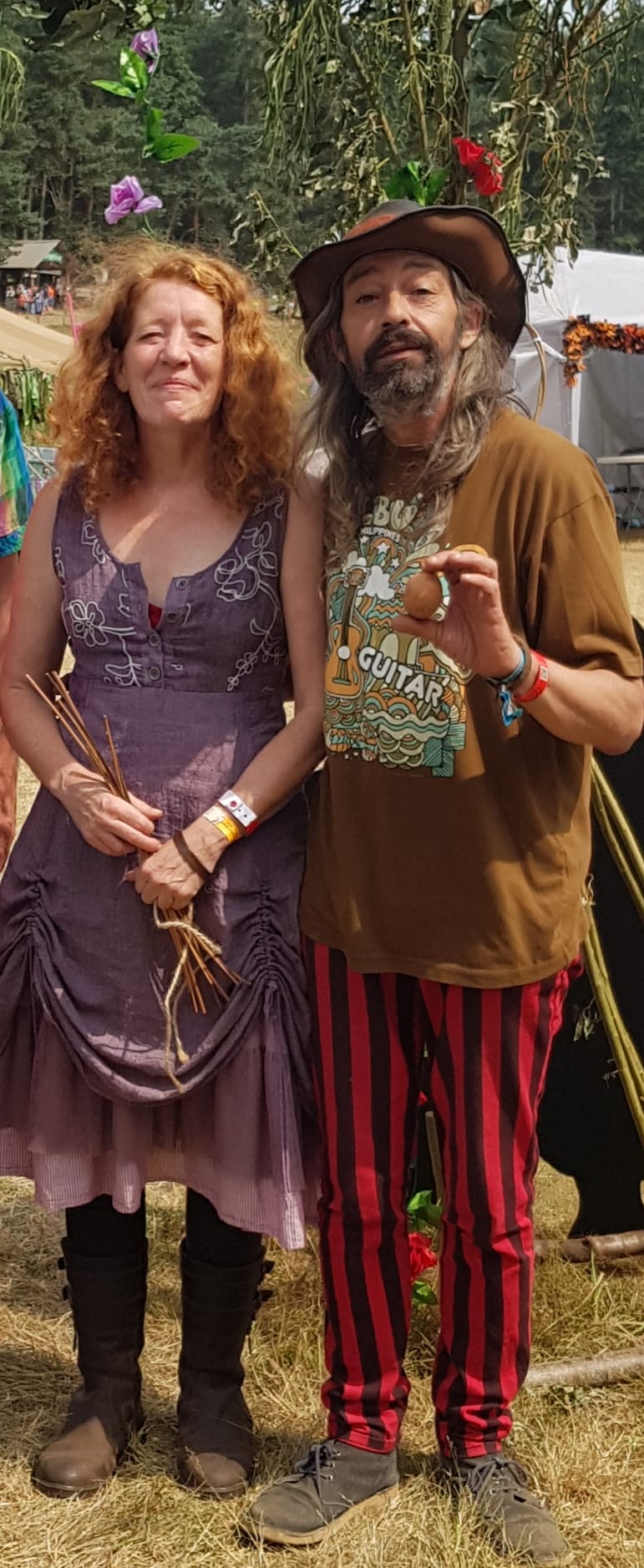In 2022 we grew Rosanna, Coral and Black (‘beluga’) lentils – very exciting.
As one of Hodmodedod’s growing partners we also included a camelina ‘intercrop’.
In 2023 we grow Olive, Coral and Black lentils in Hazel Field.
Spring 2024 was too wet for us to even plant any lentils
In 2025, we are growing Black (Beluga) Lentils and Flora Lentils in North Field.
SPECIAL FOR 2025: CELEBRATE THE LENTILS WITH US AT THE WAKELYNS 3rd DAL FESTIVAL 26 JULY 2025
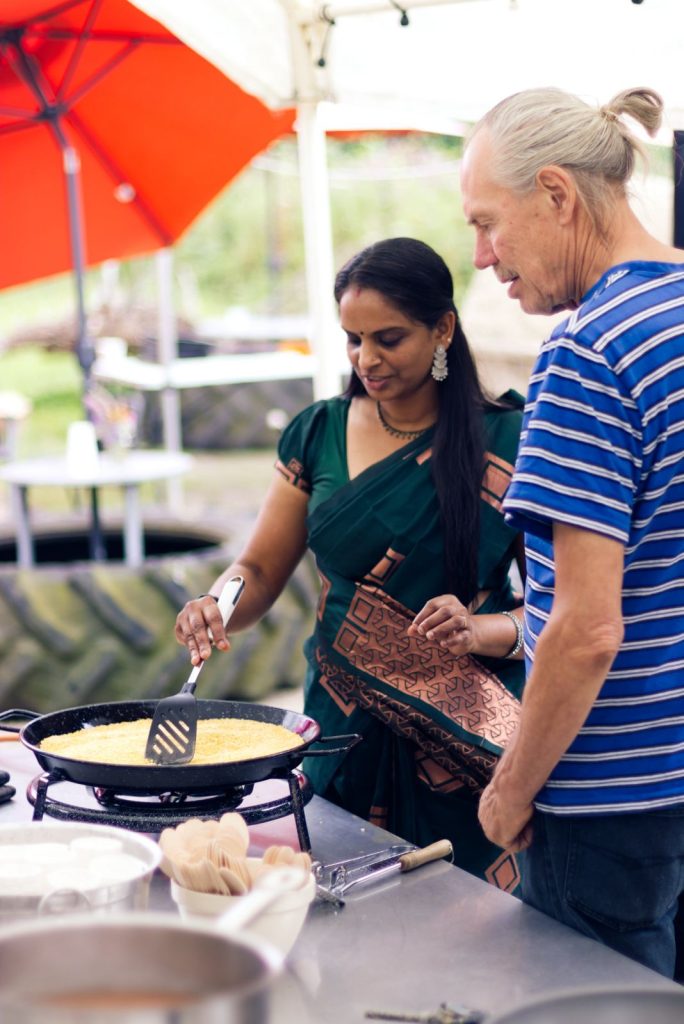
Josiah’s lovely video explainer
In autumn 2014 autumn, Josiah Meldrum, one of Hodmedod’s co-founders, visited Sweden to meet farmers growing beans and saw their successful lentil trials and heard about a continuing tradition of lentil growing on the island of Gotland. Josiah and the Hodmedod team believed if it were possible to grow Lentils in Sweden, then why not in the UK. They then worked with Martin Wolfe to grow lentils experimentally at Wakelyns from 2015. We’ve then grown them here commercially since 2017.
Believed to be on one of the earliest cultivated legumes, remains of lentils have been found at prehistoric sites in Europe. There is historic evidence of lentils being grown all over Britain – even as far north as Scotland – but most British farmers and gardeners would tell you it wasn’t worth trying to grow them here.
Lens Culinaris, is a small bushy annual plant of the legume family which grows to about 40cm tall. The lens-shaped seeds develop in short odds typically containing two seeds, which vary in colour and size depending on the variety.
The name, lentils, derives from the Latin lens, which also gives us our word lens, or double convex glass.
Next to soya beans and lupins, lentils have one of highest protein contents of all vegetables (just on 25%). Lentils have a low glycemic index (GI), are a good source of dietary fibre and are low in calories. Other nutritious components found are molybdenum, folate, tryptophan, manganese, iron, phosphorous, copper, vitamin B1, and potassium.
Lentils are high in dietary fibre, which helps reduce blood cholesterol. They contain Vitamins A and C and rich in folates, iron and manganese as well as other minerals.

